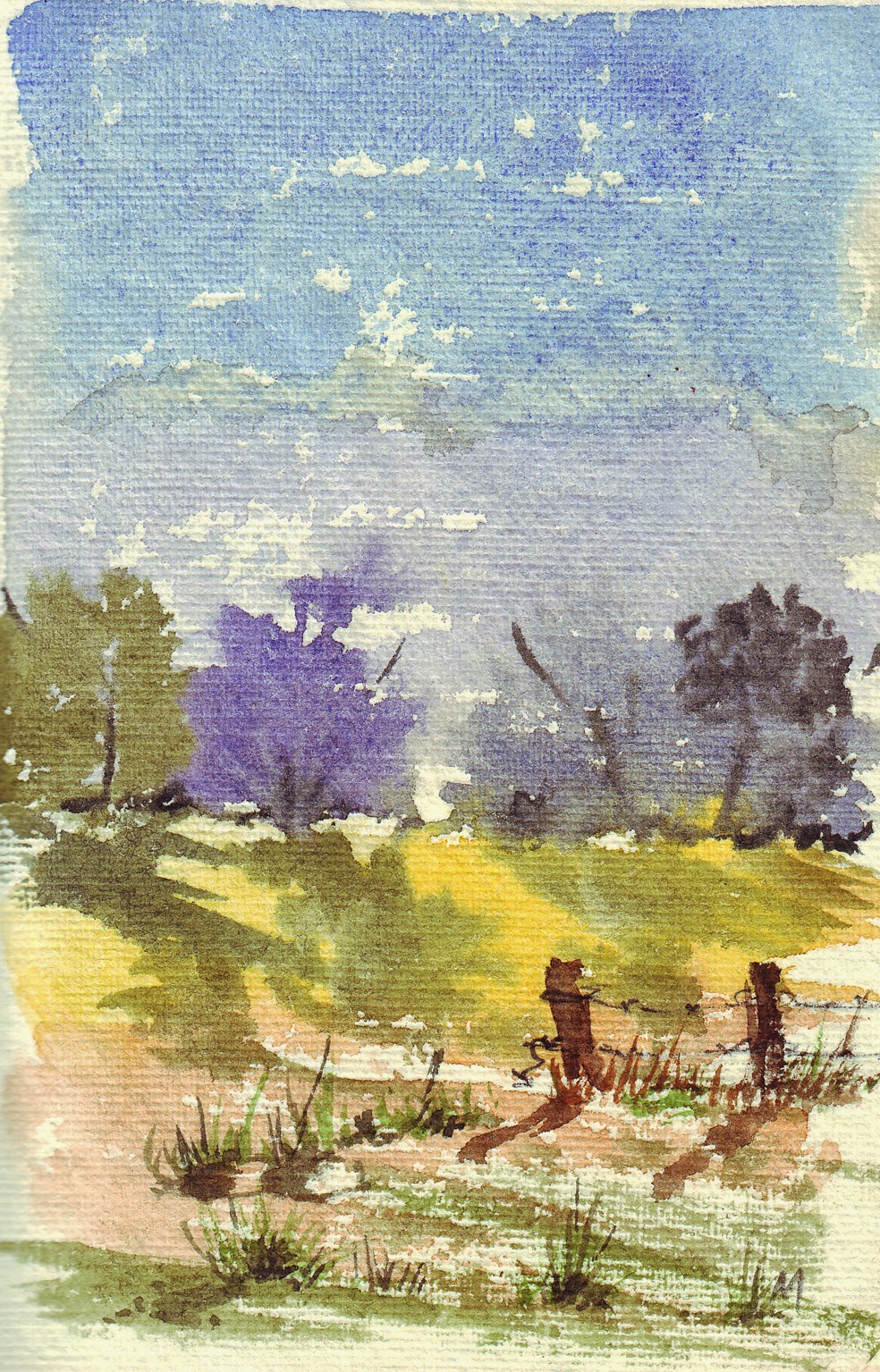
Watercolour sketch of A. cooperi in my ‘Nature’ Journal
In the hope of reaching the moon
men fail to see the flowers
that blossom at their feet.
- Albert Schweitzer
I found a large clump of Grass Aloes not far from home on the road to Magaliesburg (South Africa), flowering profusely after all the veld fires we had this past winter, spread out over the charred landscape, providing bursts of red colour.
Grass Aloes are an appealing group of deciduous aloes. As the name implies, they grow mainly in grasslands subject to winter fires. Their leaves and colours resemble their habitat, making them difficult to find when not in flower. These largely miniature aloes have very attractive flowers, making them desirable, if difficult, plants to cultivate. Their growing pattern is closely related to the winter fire cycles of the veld here in South Africa, some species responding directly to burning and producing leaves, flowers and later seed after such events.
This interesting Aloe belongs to a group of deciduous aloes known as the “Grass Aloes”, which are adapted to grassland habitat and are able to survive both fire and frost during the cold dry months. They are often burned during winter and then re-sprout with the onset of spring.
This well known grass aloe is commonly found along rocky ridges and rocky slopes on the Witwatersrand and Magaliesberg as well as in mountainous areas of the Northern Province and Mpumalanga. In years gone by it was even more prolific, but numbers have been greatly reduced due to development on the ridges and from harvesting by succulent collectors. A number of different forms are found throughout its distribution range.
Grass fires used to be less frequent in earlier centuries. They were initiated by lightning strikes, on the whole, at the beginning of the rainy season in September and October. These fires were ideal in that they cleared the habitat of moribund grass and other vegetation just before grass aloe species initiated their growth cycles.
Fires are more frequent nowadays and may occur at any time during the dry winter months from May until late spring, October. Plants are as a result, left exposed to harsh conditions for many months before they start to grow. Some species are even starting to appear on the endangered species list.
::
















































